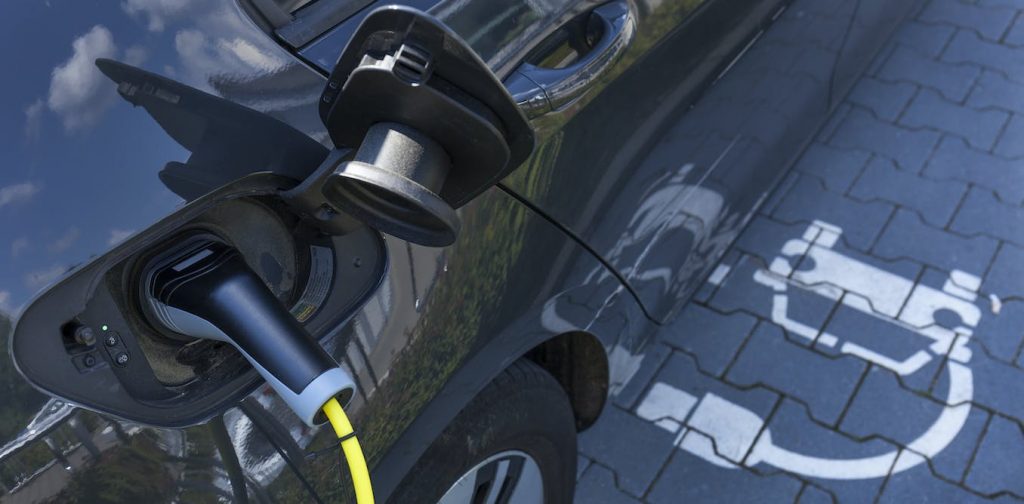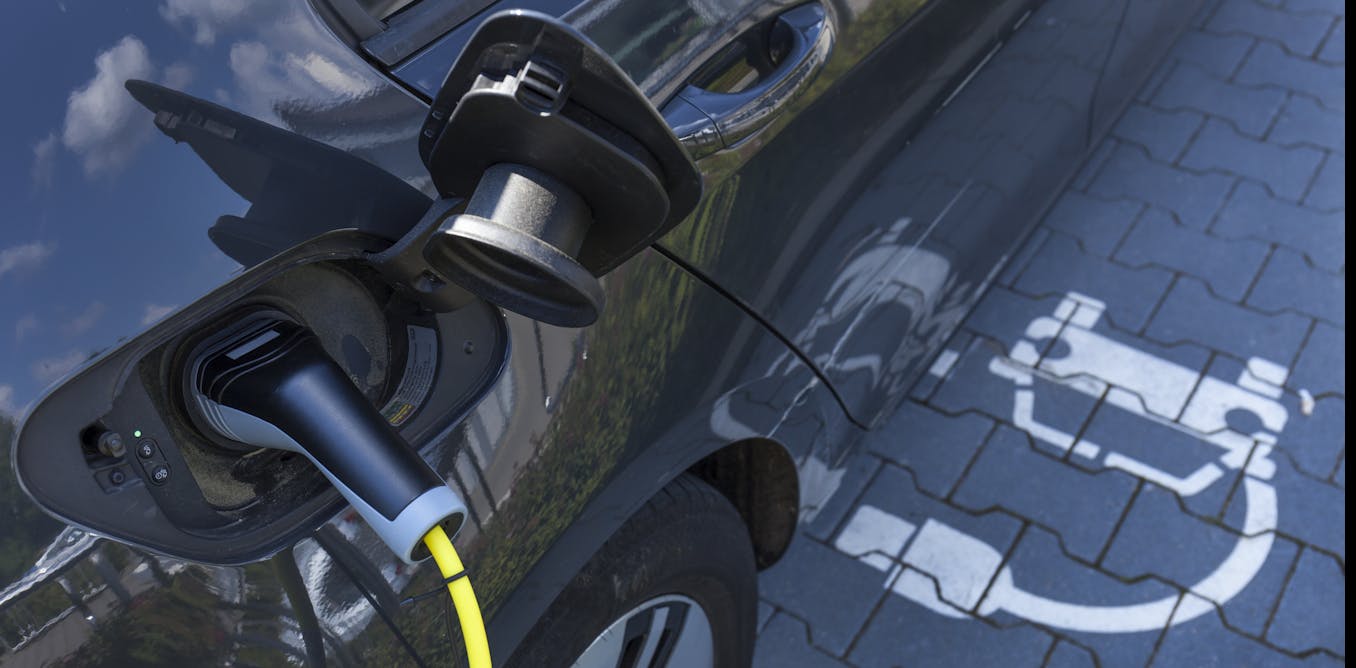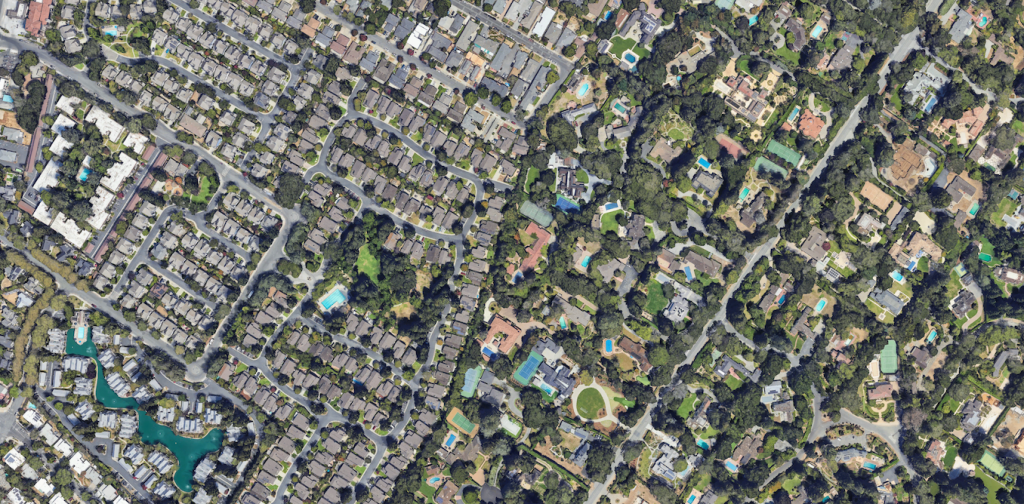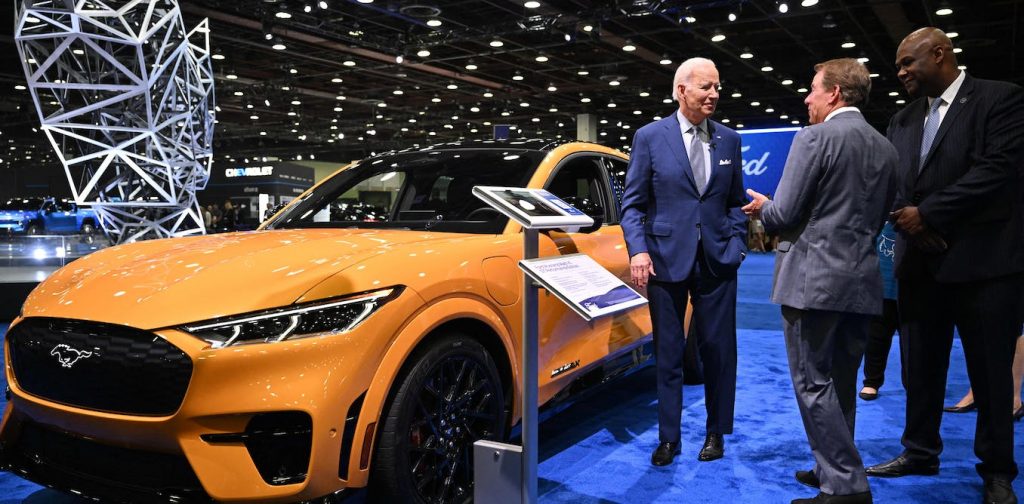Right-to-charge laws bring the promise of EVs to apartments, condos and rentals


More than 3.6 million electric cars are driving around the U.S., but if you live in an apartment, finding an available charger isn’t always easy. Grocery stores and shopping centers might have a few, but charging takes time and the spaces may be taken or inconvenient.
Several states and cities, aiming to expand EV use, are now trying to lift that barrier to ownership with “right to charge” laws.
Illinois’ governor signed the latest right-to-charge law in June 2023, requiring that all parking spots at new homes and multiunit dwellings be wired so they’re ready for EV chargers to be installed. Colorado, Florida, New York and other states have passed similar laws in recent years.
But having wiring in place for charging is only the first step to expanding EV use. Apartment building managers, condo associations and residents are now trying to figure out how to make charging efficient, affordable and available to everyone who needs it when they need it.
Electric cars can benefit urban dwellers
As a civil engineer who focuses on transportation, I study ways to make the shift to electric vehicles equitable, and I believe that planning for multiunit dwelling charging and accessibility is smart policy for cities.
Transitioning away from fossil-fueled vehicles to electric vehicles has benefits for the environment and the health of urban residents. It reduces tailpipe emissions, which can cause respiratory problems and warm the climate; it mitigates noise; and it improves urban air quality and quality of life.
Surveys show most EV drivers charge at home, where electricity rates are lower than at public chargers and there is less competition for charging spots. In California, the leading state for EVs, 88% of early adopters of battery electric cars said they were able to charge at home, and workplace and public charging represented just 24% and 17% of their charging sessions, respectively. Nationwide, about 50% to 80% of all battery electric car charging sessions take place at home.
Yet almost a quarter of all U.S. housing structures have more than one dwelling unit, according to the 2019 American Housing Survey. In California, 32.5% of urban dwellings have multiple units, and only a third of those units include access to a personal garage where a charger could be installed.
Even if installing a personal charger is an option, it can be expensive in a multiunit dwelling if wiring isn’t already in place. And it often comes with other obstacles, including the potential need for electrical upgrades or challenges from homeowner association rules and restrictions. Installing chargers can involve numerous stakeholders who can impede the process – lot owners, tenants, homeowners associations, property managers, electric utilities and local governments.
However, if a 240-volt outlet is already available, basic charger installation drops to a few hundred dollars.
Right-to-charge laws aims for ubiquitous home charging
Right-to-charge laws aim to streamline home charging access as new buildings go up.
Illinois’ new Electric Vehicle Charging Act requires that 100% of parking spaces at new homes and multiunit dwellings be ready for electric car charging, with a conduit and reserved capacity to easily install charging infrastructure. The new law also gives renters and condominium owners in new buildings a right to install chargers without unreasonable restriction from landlords and homeowner associations.
 Public chargers typically aren’t as convenient as charging at home, and chargers aren’t always available. martin-dm/E+ via Getty Images
Public chargers typically aren’t as convenient as charging at home, and chargers aren’t always available. martin-dm/E+ via Getty Images
California, Colorado, Florida, Hawaii, Maryland, New Jersey, New York, Oregon and Virginia also have right-to-charge laws designed to make residential community charging deployment easier, as do several U.S. cities including Seattle and Washington, D.C. Most apply only to owner-occupied buildings, but a few, including California’s and Colorado’s, also apply to rental buildings.
Chicago officials have considered an ordinance that would include existing buildings, too.
Sharing chargers can reduce the cost
There are several steps communities can take to increase access to chargers and reduce the cost to residents.
In a new study, colleagues and I looked at how to design shared charging for an apartment building with scheduling that works for everyone. By sharing chargers, residential communities can reduce the costs associated with charger installation and use.
The biggest challenge to shared charging is often scheduling. We found that a centralized charging management system that suggests charging times for each electric car owner that aligns with the owner’s travel schedule and the amount of charge needed can work – with enough chargers.
 Apartments in a tower in China look down on an EV charging station covered in solar panels. Zhihao/Moment via Getty Images
Apartments in a tower in China look down on an EV charging station covered in solar panels. Zhihao/Moment via Getty Images
In a typical multiunit dwelling in Chicago – with an average of 14 cars in the parking lot – a small community charging hub with two level 2 chargers, the type common in homes and office buildings, can cover daily residential recharging demand at a cost of about 15 cents per kilowatt-hour. But having only two chargers means residents are waiting on average 2.2 hours to charge.
A larger charging hub with eight level 2 chargers in the same city avoids the delay but increases the cost of charging to 21 cents per kWh because of upfront cost of purchasing and installing the chargers. To put that into context, the average electricity cost for Chicago residents is 16 cents per kWh.
The future of charging management at multiunit dwellings will be automated for efficiency, with a computer or artificial intelligence determining the most efficient schedule for charging. Optimized scheduling can be responsive to the times renewable electricity generation sources are producing the most power – midday for solar energy, for example – and to dynamic electricity pricing. Automation can also eliminate delays for drivers while saving money and reducing the burden on the electric grid.
The current limited access to home charging in many cities constrains electric vehicle adoption, slows down the decarbonization of U.S. transportation and exacerbates inequities in electric vehicle ownership. I believe efforts to expand charging in multidwelling buildings can help lift some of the biggest barriers and help reduce noise and pollution in urban cores at the same time.




